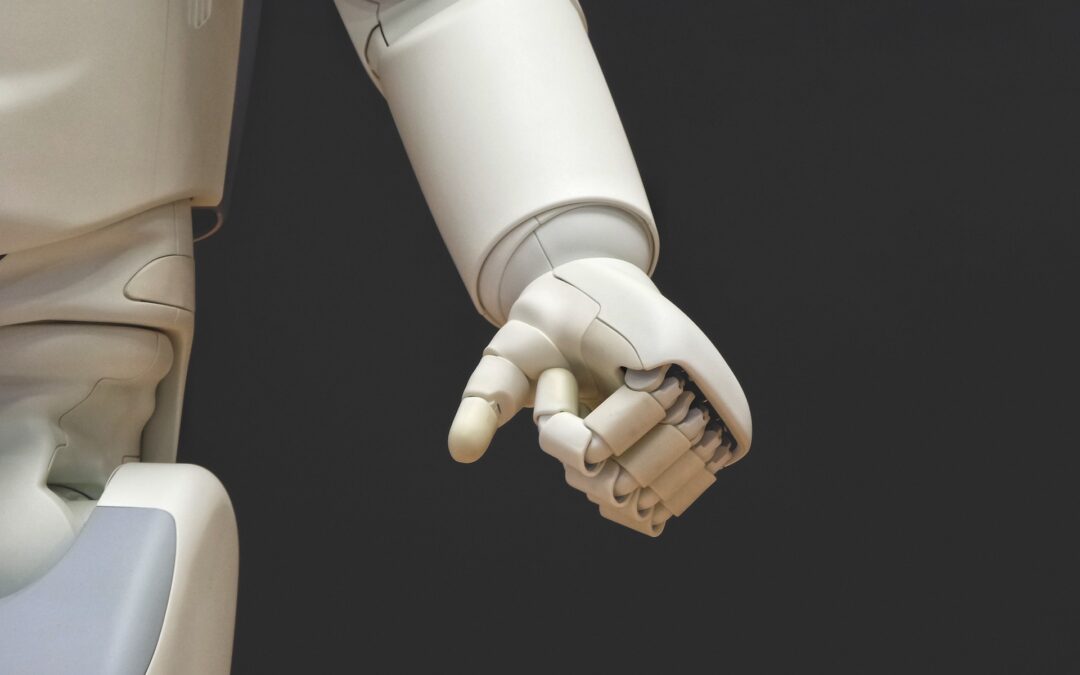Businesses need to start thinking about how generative AI may change how a range of creative and white-collar work gets done
In the news
Technology advances have always brought change to the workforce. Don’t take our word for it; ask your local farrier. What makes generative artificial intelligence (Gen AI) different is that the jobs it will impact are less of the laborer type and more from the creative and white-collar professions. Now, it’s writers, coders, artists and generally anyone who generates net-new content who are looking over their shoulders.
What will ChatGPT, Microsoft Bing, Google Bard, DALL-E-2, OpenAI Codex and their offspring do for—and to—the skills required in tomorrow’s workplace?
According to one study, nearly 60% of top executives plan to increase their use of AI and automation, with one-third redesigning work to reduce their reliance on human workers. But many experts say generative AI’s true strength “lies in augmenting—rather than replacing—the work of employees.” To take just one example, a recent paper found that Gen AI improved new customer service reps’ productivity 14%.
We wondered what strategies employers should use to ensure employees can best leverage the new tools.
Strategies employers could adopt
Employers could adopt some strategies below to enable employees to maximize the potential of new tools.
- Training and Education: Provide comprehensive training programs to equip employees with the necessary knowledge and skills to leverage these tools effectively. This includes training on how to collaborate with AI systems, interpret and utilize their outputs, and maximize their potential in enhancing productivity and innovation.
- Continuous Learning Culture: Foster a culture of continuous learning and curiosity within the organization. Encourage employees to stay updated with the latest advancements in AI and provide opportunities for them to explore and experiment with the new tools. This promotes a growth mindset and empowers employees to adapt to evolving technologies.
- Employee Engagement and Feedback: Involve employees in the decision-making process regarding the adoption and implementation of generative AI tools. Seek their insights and feedback on how these tools can best support their work processes. This collaborative approach ensures that the tools are tailored to their specific needs and workflows.
- Integration with Existing Workflows: Integrate generative AI tools seamlessly into existing workflows to enhance efficiency and effectiveness. This requires a deep understanding of employees’ roles and responsibilities, allowing for the tools to be customized and integrated in a way that complements their work rather than disrupts it.
- Support and Resources: Provide ongoing support and resources to employees as they navigate the use of generative AI tools. Offer dedicated help desks, forums, or mentorship programs where employees can seek guidance, share best practices, and troubleshoot any challenges they encounter.
By implementing these strategies, employers can create an environment where employees are empowered to leverage the full potential of generative AI tools, resulting in improved productivity, enhanced creativity, and increased value generation within the organization.

